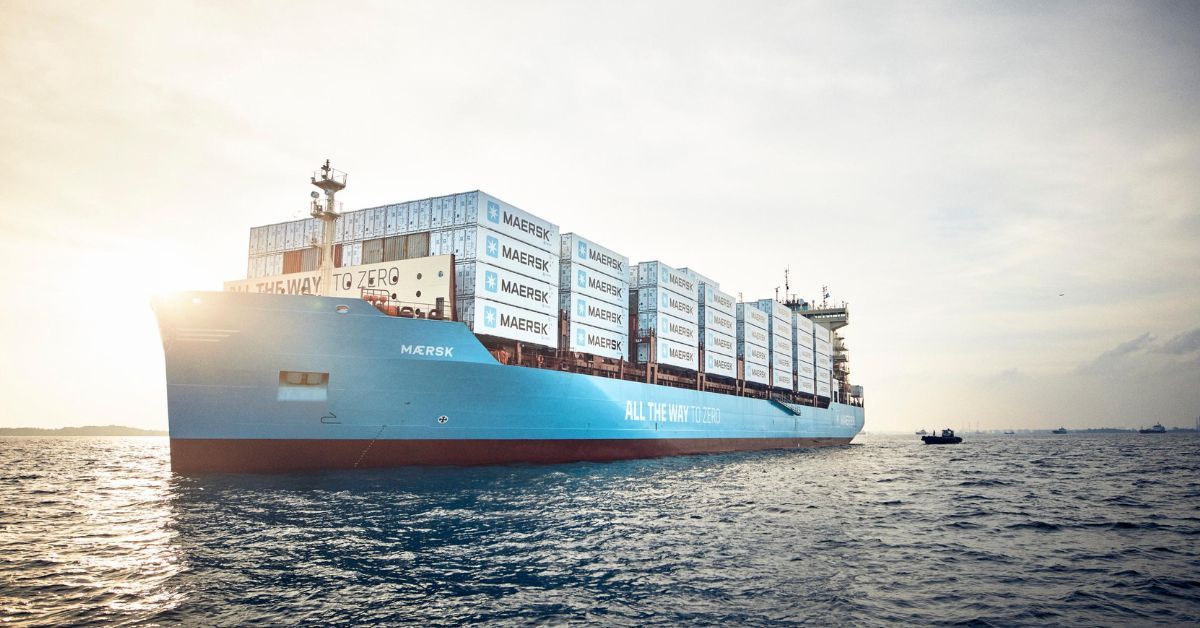Three major loops on the Atlantic, the TA/NEUATL 1,2 and 3 services, were jointly operated by the 2M alliance, however, the TA/NEUATL1 was operated by US-flagged vessels that were only deployed by Maersk.
The TA2/NEUATL2 had already become a Maersk-operated loop in September, following a cut in capacity from six 6,800 – 9,200 TEU ships to six 4,130 – 5,100 TEU units, explained Alphaliner.
However, the TA3/NEUATL3 service has seen the Maersk-chartered 7,000 TEU Northern Majestic redeployed, last week, and this loop is now fully operated by MSC vessels.
The TA3/NEUATL3 port rotation is Antwerp, Rotterdam, Bremerhaven, Newark (New York), Charleston, Veracruz, Altamira, New Orleans, Mobile, Freeport (Bahamas), Charleston, Antwerp.
This leaves the TA6/Medgulf as the only 2M Atlantic service with a mixed, Maersk/MSC fleet, composed of five MSC ships of between 7,470 – 9,580 TEU and four Maersk of between 6,540 – 7,250 TEU.
All of the Canada/Europe services are operated outside of the 2M alliance, MSC with Hapag-Lloyd and OOCL and Maersk with CMA CGM.
On the Pacific, the 2M alliance operated joint services, but each loop was handled by one or other of the two carriers, which, as Dynamar’s analyst Darron Wadey pointed means the dissolution of the alliance is already in place.
However, Wadey does point out that the Pacific was not the biggest commitment from the 2M partners, with only four routes operating under the 2M banner and the TP1/Maple concentrates on Canada port calls.
“In terms of (annual trade) capacity provision, the 2M is a clear third behind the Ocean and THE Alliances. However, outside of the 2M structure, the respective partners also have standalone loops,” explained Wadey.
According to Dynamar, MSC’s Chinook concentrates on Canada with its New Santana calling Mexico, While Maersk operates a service to Alaska and the TPX which goes to California.
“With the exception of the New Santana, these extra-curricular loops are operated by much smaller ships and in the case of the Alaska loop, also only on a fortnightly frequency,” said Wadey.
As such Wadey believes that any significant changes to the Pacific services will occur after the “decree absolute” in January 2025.
“Both parties are clearly large enough to go standalone but what they will lose is the breadth of coverage and regularity of sailings that the 2M provided; quite literally receiving a half each of what was previously one whole,” Wadey pointed out.
Creating more standalone services in what is expected to remain an insipid market, in terms of volumes, does not seem to make sense.
“It is more likely that they will replace their lost coverage and/or frequency by entering into joint services or slot swaps. Whether the joint services will be brand new or attaching to an existing arrangement, remains to be seen” he said.
According to the analyst, MSC is naturally a standalone carrier and tends to deploy more and larger vessels on its services than other carriers, which means it will likely become a dominant partner in any VSA.
Wadey concluded, “Maersk on the other hand, co-operates much more widely across its network. If it goes in for new joint services, the questions are 1) whether these will be through incidental loops or a more structured alliance-like arrangement, and if the latter, 2) which one and which one would be happy to accept a clearly larger partner?”






